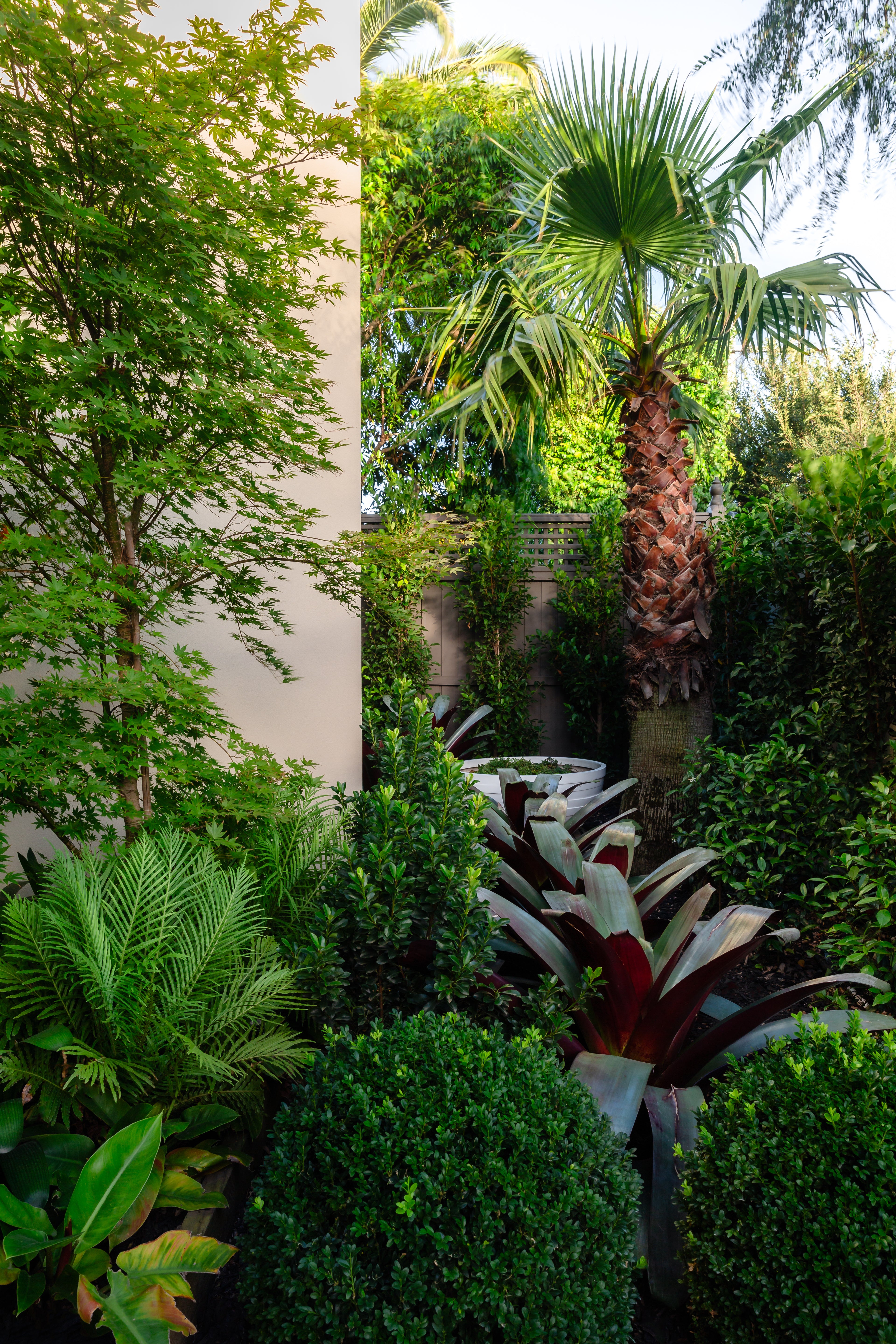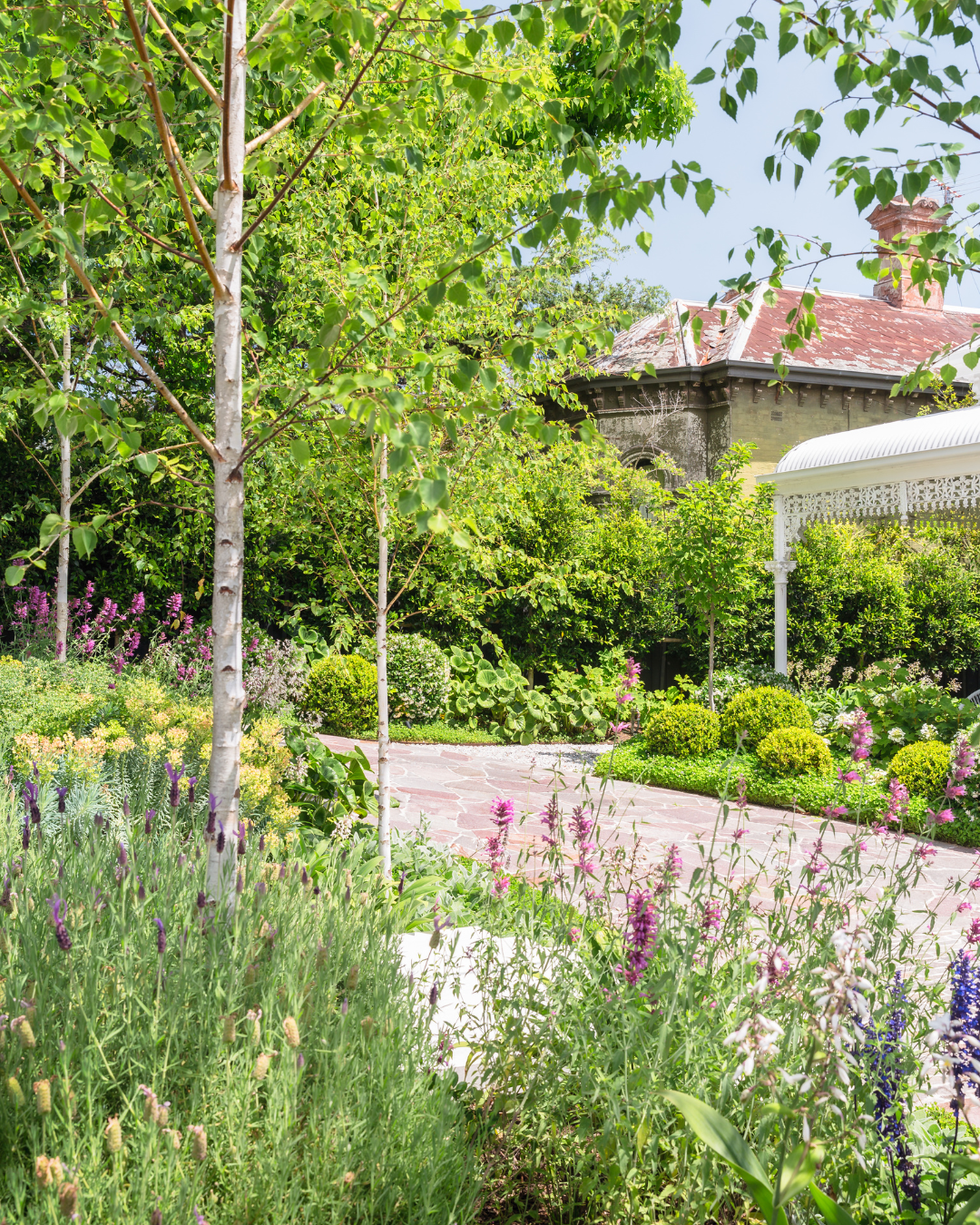Japanese maple trees are a type of deciduous tree that is native to Japan, Korea, and China. These beautiful trees are often grown in gardens and used as ornamental plants. There are many different varieties of Japanese maple trees, which can be distinguished by their leaves, which range in color from green to red. Some of the most popular varieties of Japanese maple trees include the Acer palmatum, Acer negundo sensation, Acer Beugeranium, Acer Palmatum Sango Kaku 'Senkaki' and more.
Name: Japanese maple (Acer palmatum).Plant type: Deciduous small tree
Mature Height: Up to 6m
Mature Width: Up to 6m
Foliage: basic species form is a classic maple leaf shape of 5 or 7 ‘fingers’ radiating from the leaf center (technically described as ‘palmately-lobed’). Great variation in color and form across the 1000+ recognized forms.
Uses: Ornamental, Feature tree, specimen trees in parks and gardens, can be grown in pots.
Climate: Thrives in cold climate. Warm temperate in suitable microclimates.
Soil: deep and free-draining with added organic matter to retain moisture. Keep soil moist with regular watering.
Position: full sun or partial shade, protection from the western sun in warmer areas, protection from strong and drying winds.
Feeding: little is required once established.
Watering: must have reliable moisture, especially across summer, but not be waterlogged.
Blooming period: Late winter to early spring
Tolerates: Frost, urban pollution, salt spray
Growth Rate: Slow to moderate
Maintenance: Moderate pruning necessary to control size and shape
Plant Family and Genus
Acer palmatum is a member of the Aceraceae family, which contains all maples. It is also a part of the Palmatum genus, which contains about 150 different species of maples. Most Acer palmatum trees are native to Japan, Korea, and China.
The Basics of Japanese Maple Care
Japanese Maples are relatively low-maintenance trees, but there are a few things you'll need to do to keep them healthy and looking their best. First, they prefer partial sun to full sun, so choose a spot in your garden that gets at least 4 hours of sunlight per day. Second, they like well-drained soil, so be sure to add some organic matter to your planting hole before adding your tree. Finally, water your Japanese Maple regularly during the first growing season to help it establish a deep root system.
Foliage
The leaves on Acer palmatum are easily identifiable by their five-lobed shape and bright leaf color which turns green in the springtime and then turns orange or red during autumn. The variety of leaf shapes also varies depending upon which type you're looking at; however, all these maples have deeply lobed margins with sawtooth edges that give them an otherworldly beauty like no other plant I've seen before!
Mature Height and Width
Acer palmatum trees usually mature at a height of 6 meters and a width of 6 meters. However, they can grow slightly taller or wider depending on the conditions in which they are grown.
Evergreen or Deciduous?
Acer palmatum trees are a deciduous tree, meaning they lose their leaves every winter. New leaves will sprout in late winter or early spring, and the tree will be covered in fresh foliage once again.
Uses
Acer palmatum trees have many uses! They can be planted as ornamental trees, feature trees, or specimen trees in parks and gardens. They can also be grown in pots, making them perfect for smaller outdoor spaces or even indoor spaces in a pot. They are brilliant shade trees, so if you live somewhere where it gets hot during the day, this is the perfect tree for your garden.
Tolerances and Drought Hardy?
Acer palmatum trees tolerate frost and urban pollution well. They are also salt spray tolerant, meaning they can withstand being near ocean water without sustaining damage. However, Acer palmatum trees are not drought hardy and should be watered regularly during dry periods to ensure their health.
Maintenance
Japanese maples require moderate pruning to control their size and shape. However, if you do not wish to prune your tree, you can simply let it grow into its natural shape. Acer palatum Japanese maples are low-maintenance trees overall and will provide years of enjoyment with minimal effort on your part!
Soil requirements
Acer palmatums prefer rich, fertile and well-drained soil with plenty of organic matter. If you plan to use this tree in a container, make sure you add enough nutrients to keep it healthy. You may want to fertilize your tree annually with a slow-release fertilizer such as 10-10-10.
Maintaining your Japanese maple
If you notice any dead branches or twigs on your tree, cut them off immediately. Dead limbs can rot and cause structural problems for your tree. Also, remove any fallen leaves from your tree's canopy. This allows sunlight to reach the rest of your plants and helps prevent disease.
When you first bring home your new Japanese maple, place it in a shady area until it has established itself. Make sure you water the tree every day with a hose, not just an irrigation system. Watering the tree daily ensures that it receives adequate moisture to flourish.
The Best Varieties of Japanese Maple for Different Gardens
Acer palmatum - If you're looking for a Japanese Maple that will make a statement, then Acer palmatum is the tree for you. With its bright red leaves, this variety is sure to add some color to your garden. Additionally, Acer palmatum is a relatively low-maintenance tree, so it's perfect for busy gardeners.
Acer negundo sensation - Another good option. This variety is known for being low-maintenance and resistant to pests and diseases. Additionally, it's fast-growing, so it won't take long for this tree to reach its full potential in your garden.
Acer Beugeranium - Like the previous two varieties, it's low-maintenance and resistant to pests and diseases. However, what sets Acer Beugeranium apart from the other two varieties is its beautiful pink flowers that bloom in early spring.
Acer Palmatum Sango Kaku 'Senkaki' - If you're looking for a Japanese Maple with outstanding fall color, then Acer Palmatum Sango Kaku 'Senkaki' is the tree for you. This variety produces stunning crimson foliage in autumn that is sure to add some pizzazz to your garden during the fall months. It also has a bright red trunk. Additionally, it's tolerant of heat and cold, so it can be grown in a wide range of climates.
Acer Saccharum 'Sugar Maple' - Last but not least, we have Acer Saccharum 'Sugar Maple'. As its name suggests, this variety is known for its sugary taste (hence why it's used to make maple syrup!). It's also one of the most popular Japanese Maple varieties due to its beautiful red and orange leaves that provide stunning fall color. Additionally, it's tolerant of cold weather and can even be grown in areas that experience snowfall in winter.
Our Sizes
40cm/45L – 1.6m – 1.8m (approx.)




















1 comment
Do you have Ryusen maples?